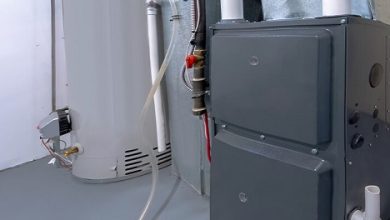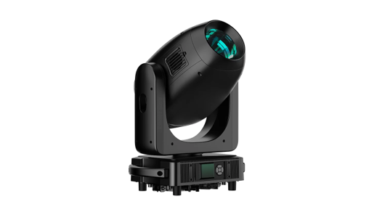Standards Essential for Medical Electricity Sources

Power supplies in a number of different packages might be labeled as “medical power supply,” even though they may seem identical to their non-medical equivalents at first sight. A medical-grade power supply differs from a standard one in more ways than one, not the least of which is its emphasis on patient safety. Design cycles for medical equipment are often longer than those for other kinds of equipment, and designers of medical equipment frequently need additional help from the power supply provider. Furthermore, the average lifespan of medical equipment is longer than that of other types of equipment. As a result, medical-grade power supplies often need long-term maintenance from the power supply provider such as Mornsun.
Consider the following characteristics in relation to your application needs when choosing a medical-grade power supply:
Wattage (W): The supply’s power rating is calculated by multiplying the supplied voltage by the maximum current required by the application. If more than one output is required, the total power is calculated by multiplying the voltage by the current from each of the sources. You should choose a power supply type with a rating that allows for some design margin, since this is standard engineering practice.
Current (A) and Voltage (V) at the Output: The supply voltage requirements of different applications might be somewhat different. Medical power supply normally have a single output voltage between 3.3 and 48Vdc to meet these requirements, while some provide more. Consider just the total amount of voltage needed for an application, not the total amount of current needed at each voltage level.
Size and Mounting: Open-frame, enclosed, encapsulated, and external adapter packages, as well as PCB mount and chassis mount, are only some of the mounting choices for medical-grade supplies. Many factors relevant to the intended use must be taken into account when settling on a specific packaging type.
Connection to the Power Grid: The available input and output connectors (I/Os) for the power supply are contingent on the mounting method used. The I/O pins on the bottom of the supply slide into plated-through holes or sockets on the application PC board with pc-board mount packaging. Chassis-mount supplies often come with Molex headers or screw terminals for making wire harness assemblies, which are used to make connections.
Heat Balance: If convection cooling isn’t enough, forced-air cooling may be necessary based on the projected ambient temperature range in the application and the thermal parameters of the power supply. Keep in mind that thermal performance and cooling needs may vary depending on the packing design.
Precautionary Measures:The safety standard for medical electrical equipment, IEC60601-1, has regional adaptations, like UL60601-1 and EN60601-1, that medical power supply must adhere to. Specific safety criteria (for things like creep-age and clearance spacing, isolation voltage, and leakage current) are imposed by these standards in addition to what is required by the UL/EN60950-1 general safety standards. These criteria should also be applied to medical-grade materials. Class I devices may only have a leakage current of 0.3 mA from input to output, as specified by UL60601-1. The input EMC filter is often the source of leakage in a power supply. However, it is important for equipment designers to keep in mind that other parts of the system may also cause leakage.




